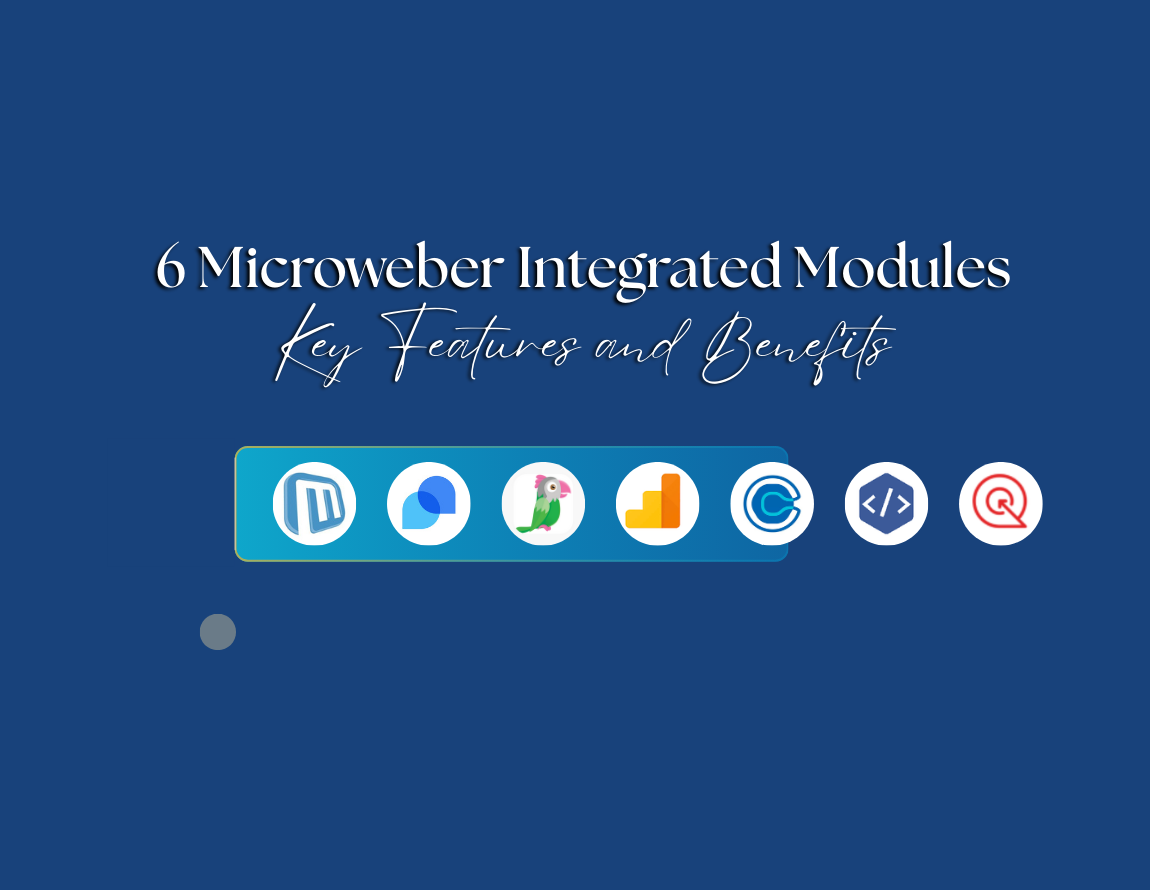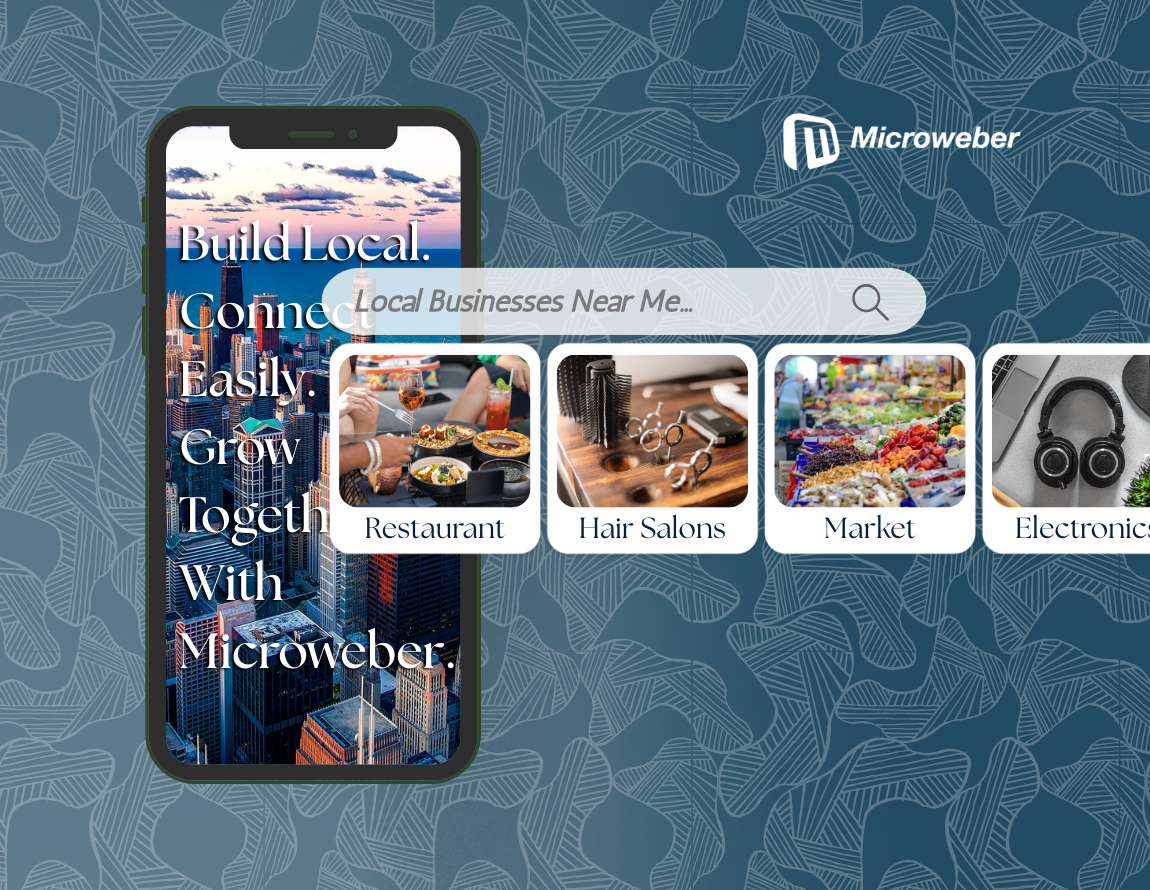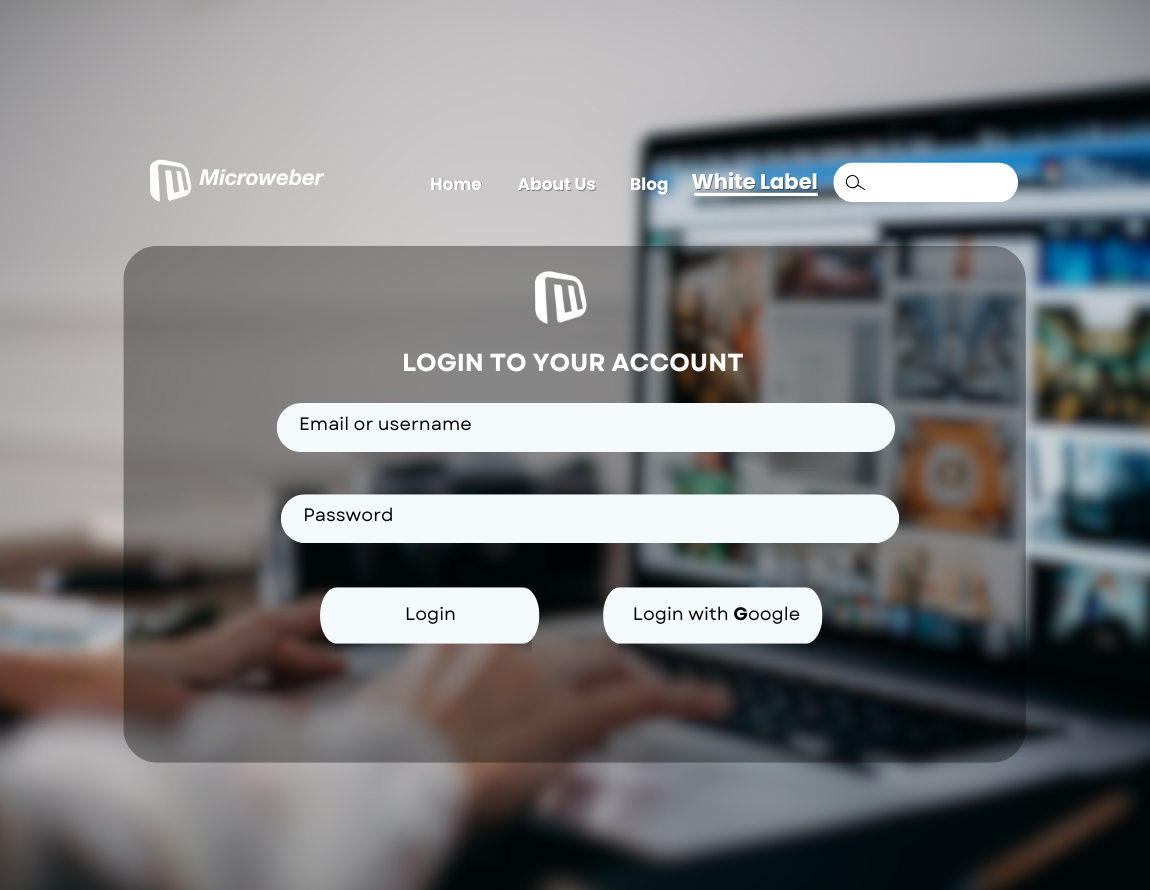Choose the Template that Suits Your Needs
Posted on: November 04, 2024 Updated on: November 07, 2024 by Nada AllamA template is your canvas, and your chance to showcase your business’ brand identity. A thoughtfully crafted template highlights the brand’s mission, values, and story, all while ensuring consistency in design. Such a cohesive presentation ensures captivating the target audience and providing a smooth user experience, turning your viewers into loyal fans. Ultimately, the right template transforms the brand’s essence into a vivid portrait, leaving a lasting impression in the overly competitive market.
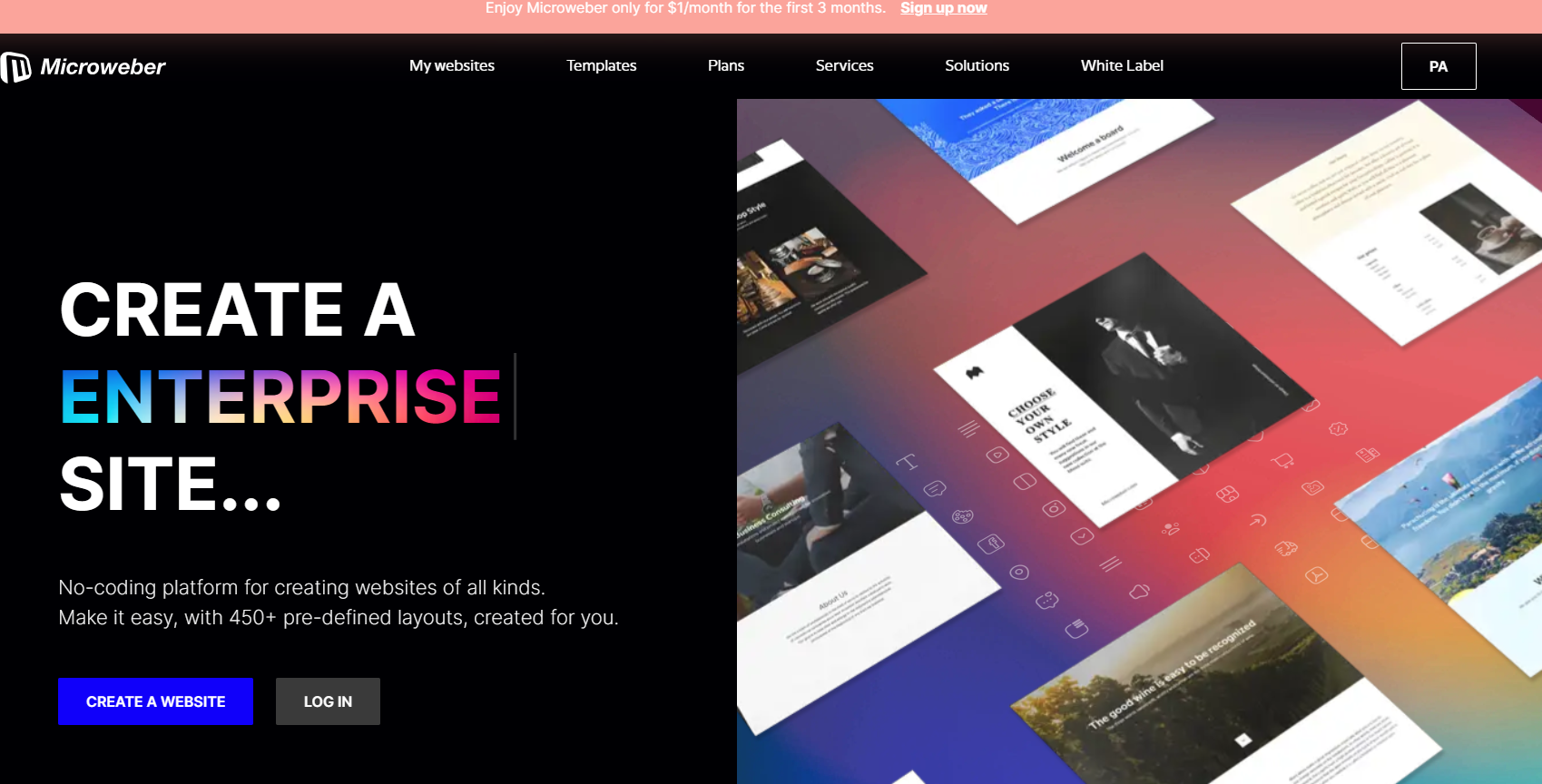 Deciphering Template Basics
Deciphering Template Basics
What Are Website Templates?
Website templates are a personally crafted blueprint, its pre-designed layouts enable users to create websites without starting from scratch. Templates come with customizable elements, might it be color schemes or styles, it allows the user to build a unique website that aligns with their brand identity and resonates with your vision.
Key Benefits of Using Templates
The correct utilization of templates offers numerous benefits, including cost efficiency, quicker deployment, and ease of use. It also provides a shortcut through the labyrinth of design complexities, making web development accessible to everyone. Instead of grappling with code or struggling with design software, you can focus solely on content and vision. A business can easily transform a simple framework into a stunning online presence that captivates the audience.
Defining Your Project Goals and Objectives
Rather than diving into the sea of templates, you must clearly define your business project goals and objectives. Whether it is to launch an e-commerce site, a portfolio, or a blog, understanding the purpose of your website will act as the ultimate guide to selecting the template that aligns perfectly with your mission.
Identifying the Impact of Templates on User Experience
A successful website transcends the vision of a digital brochure, and shifts into an interactive experience that resonates with the audience. A well-structured layout offers a user-friendly experience that enhances interaction, leading to increased engagement and satisfaction.
Types of Templates: A World of Choices
Choosing the right template is essential to establishing a successful business. In a vast meta-world full of endless templates, and more published every day, your template must reflect your brand’s identity and showcase the mission you’re aiming to reach.
However, the world of templates is vast and varied; you have pre-made templates ready for usage, or customizable templates that allow you to mix and match elements and tailor them to your project needs.
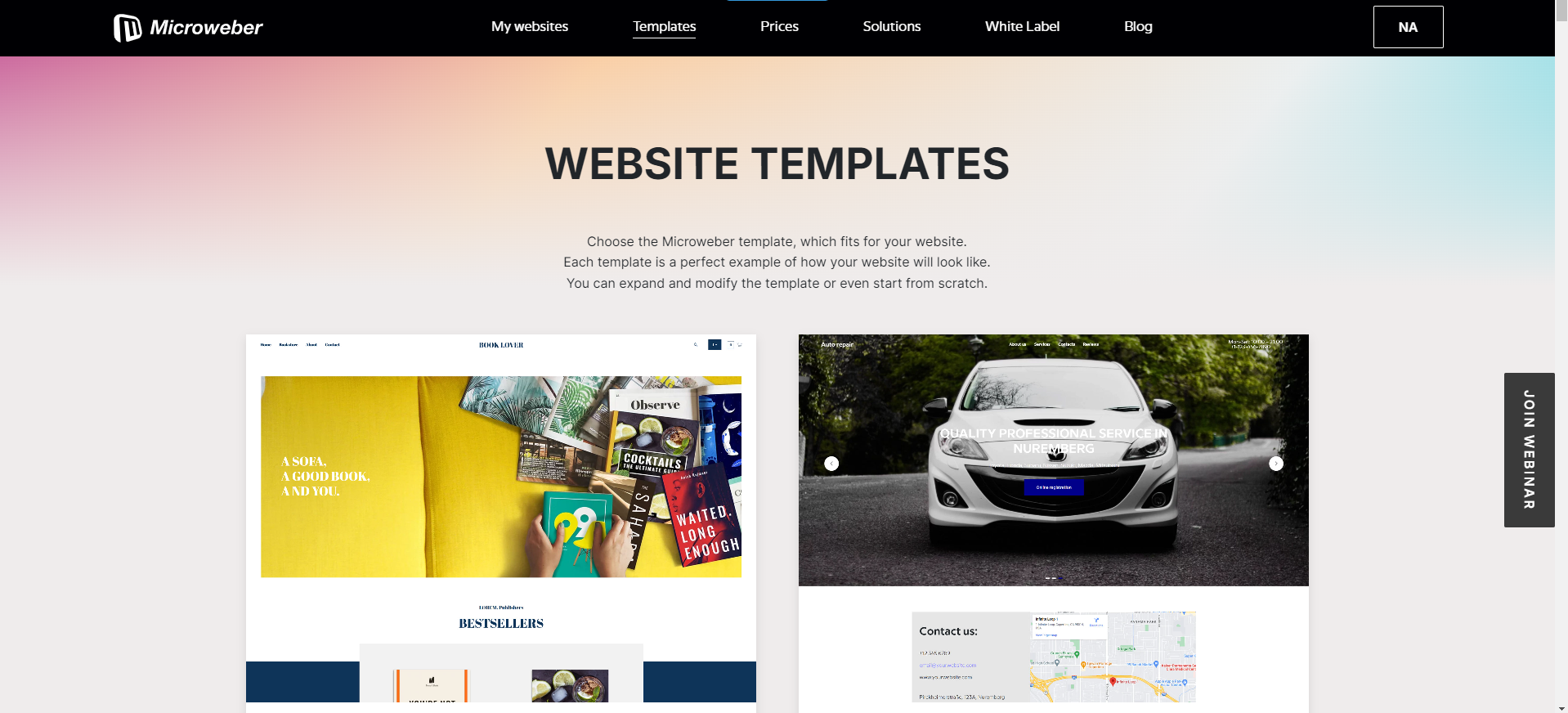 Exploring Pre-made vs. Customizable Templates
Exploring Pre-made vs. Customizable Templates
Pre-made or customizable? Pre-made templates offer a convenient canva and a quick setup. This works for those seeking a clean-cut website that focuses on a specific target. On the other hand, customizable templates provide greater flexibility in design, as it allows you to mix and match elements and tailor it to your vision. Assess your comfort level with design alteration, then choose the one canva that best fits your needs.
Industry-Specific Templates: Tailoring to Your Niche
In the diverse realm of websites, one size doesn’t fit all. You must consider industry-specific templates that cater to your niche, and embeds specialized modulus that resonates with your audience. Whether your business ventures into fashion, tech, or e-commerce, finding the right fit will enhance your authenticity and functionality.
Responsive Templates: Why Mobile Compatibility Matters
In today's digital landscape, mobile compatibility is non-negotiable. Thus, responsive templates are your best friend. Embrace a template that adapts gracefully to various screen sizes. Whether it’s a desktop, tablet, or phone, your template will offer a seamless experience for all users.
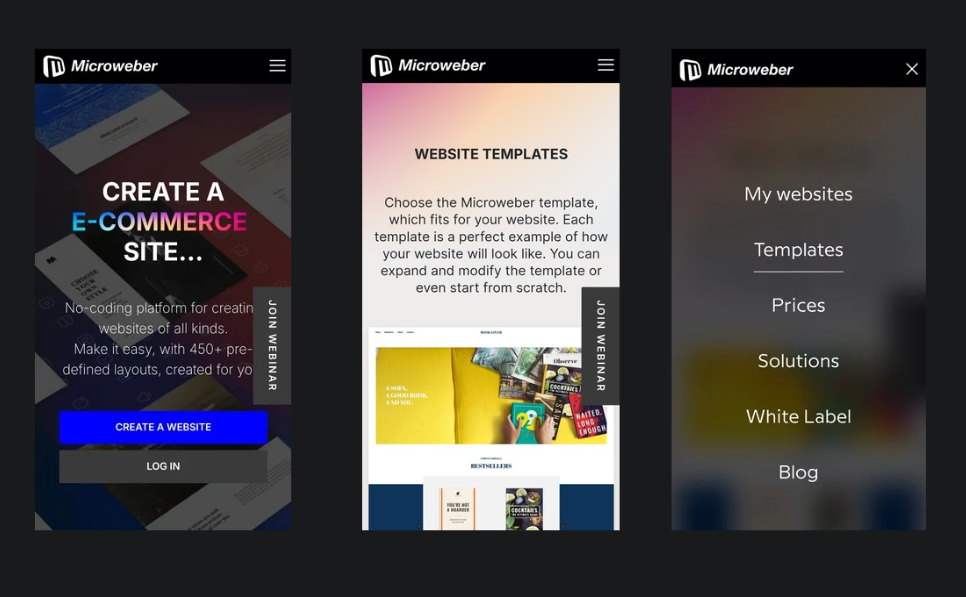 Understand Your Requirements
Understand Your Requirements
Every masterpiece starts with understanding the materials at hand. Identify what you need from your template—its purpose, its audience, and its functionalities. Whether it’s for an e-commerce platform, a portfolio showcase, or a business site, understanding your specific needs is crucial for effective selection.
Understanding Your Website's Purpose and Goals
Your website is your digital destination. Your chosen template should act as a map guiding the audience to their desired experience. Reflect on your objectives and goals, and adopt a template that can support that vision.
Determining Your Target Audience and User Experience
An analysis of your target audience and user experience you wish to provide is a must. A template should facilitate a positive interaction with your visitors. Delve into their preferences and behaviors, and ensure that your chosen template creates a seamless, engaging experience that resonates with them and invites exploration.
Assessing Functional Requirements: E-commerce, Portfolio, Blog, or Business
Every project tells its own story, and the right template should be the perfect stage. Identify the unique features you need, whether it’s facilitating e-commerce transactions, showcasing a stunning portfolio, or hosting insightful blog posts, and ensure your template brings your vision to life in the most effective way.
Consider Customization Options
While templates provide a foundation, customization is where your personality shines. Investigate the customization options available within each template. The ability to tweak design elements and functionalities will ensure your website evolves with your vision, giving it that unique flair.
Customization Options: Design and Functionality
Ensure the template allows for design and functional customization. Ensure the template allows for design and functional customization. This adaptability will enable you to create a website that meets your brand standards and user needs.
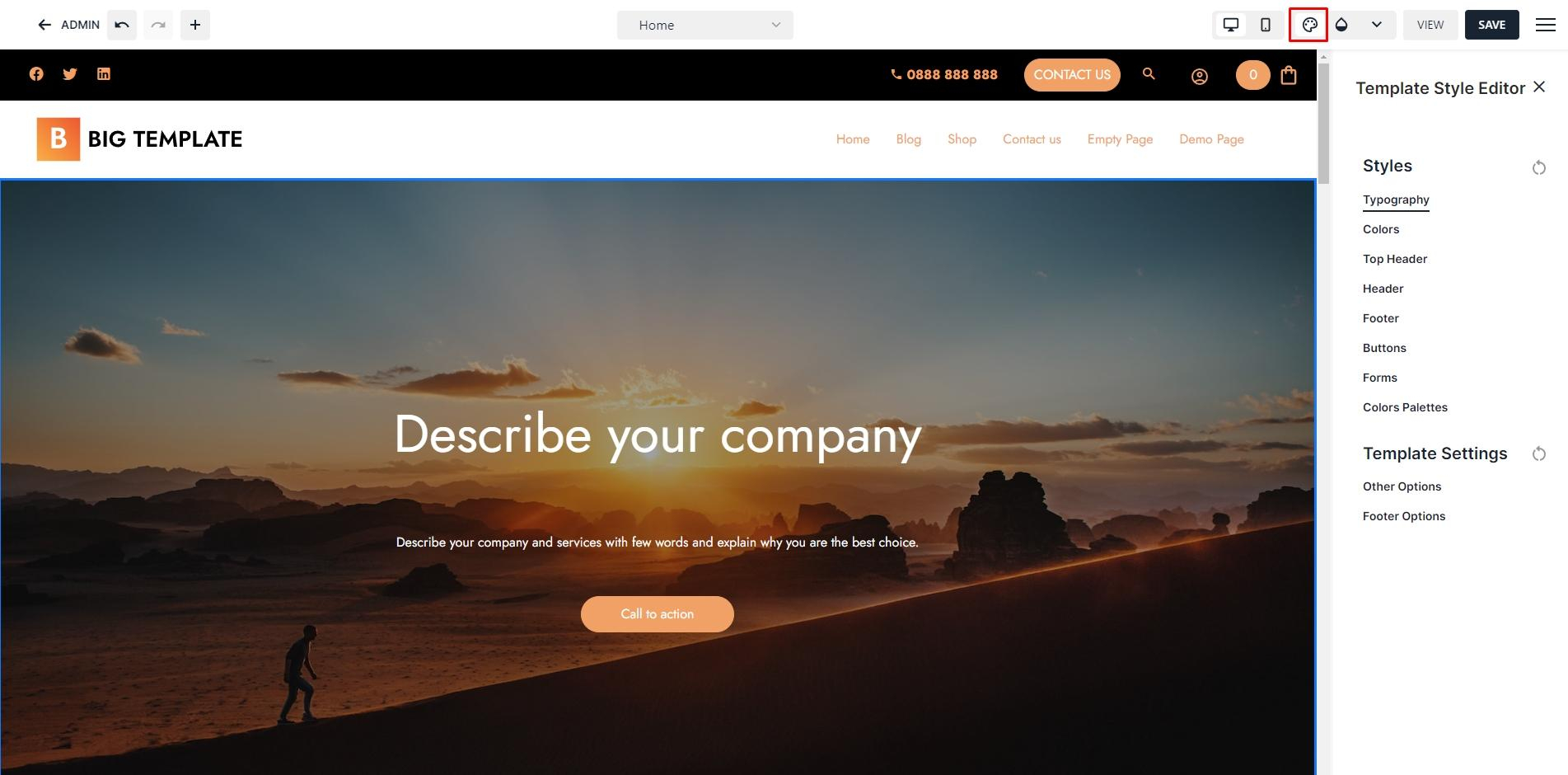 Check for User-Friendly Features
Check for User-Friendly Features
As you explore, prioritize user-friendly features. A template with a drag-and-drop interface allows for effortless design adjustments, making the creation process enjoyable rather than daunting. This ensures that your chosen template supports the necessary plugins to enhance functionality.
Website Functionality: Plugins and Integrations
The following step is to consider the template's compatibility with necessary plugins and integrations. A good template should support essential functionalities, might be popular payment gateways, or analytics tools.
SEO-friendly Templates: What to Know
In the bustling marketplace of the web, visibility is key. Opt for SEO-friendly templates that come equipped with features to boost your search engine ranking. These templates help ensure your hard work reaches the audience it deserves.
Testing and Finalizing Your Template Choice
Before making a final decision, take templates for a test drive. Many platforms offer previews or trials, allowing you to assess usability and fit for your needs. Don’t rush; this step is vital in ensuring your chosen template fits like a glove.
Test and Preview Your Selected Templates
Dive deep into your chosen templates before making any final decisions. Test, explore, and preview each step on the platform, and ensure it hits the mark both visually and functionally. This ensures the perfect fit for your brand once it’s published for your target audience.
Comparing Pricing and Features
Take a close look at pricing and features across your available options. Weigh what each template offers and compare to get the best value for your budget. Your goal here is to strike a balance between affordability and the features you wish to add to elevate your website experience.
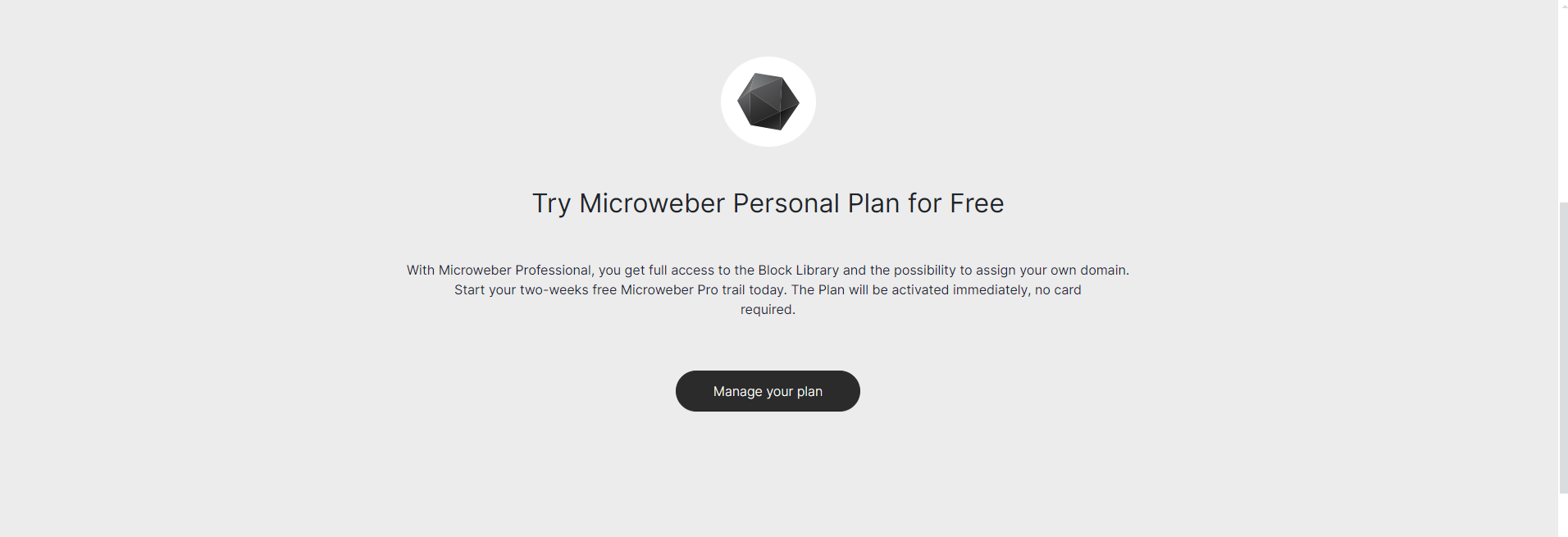 Make Your Final Decision
Make Your Final Decision
After exploring your options and gathering insights, information and testing options, weigh the pros and cons of each template. Choose a template that not only captivates your eye but also fulfills your website’s requirements. This careful consideration will lead you to the best choice for your project.
Conclusion
The most crucial step in your web development journey is to select the right website template. Understand your needs, goals, audience, and the functionality you require, and you can easily select a template that not only suits your needs but also enhances the overall user experience. So, embrace the possibilities and let your creativity flourish as you build your digital masterpiece.
FAQs
How to choose a good template?
The first step in choosing a good template is to consider your business goals. A template is a reflection of your brand identity and how your audience views your business. Your options are unlimited, whether it's a pre-set or even a customizable template, all you need to do is explore different options and find one that aligns with your industry and business needs.
What makes a good template?
A good template provides an easy usage for both the business owner and the customer. A user-friendly interface goes a long way in ensuring your brand’s popularity and helps customers navigate your business with ease. By prioritizing accessibility and design, you create a positive experience that encourages repeat business and customer loyalty.
What factors should you keep in mind when building a template?
There are many factors to consider when building a template. You should prioritize purpose alignment, visual appeal, and cost efficiency in order to ensure that the template meets your budget without sacrificing quality. A responsive and user-friendly design with easily customizable features that fit your brand is a must.


